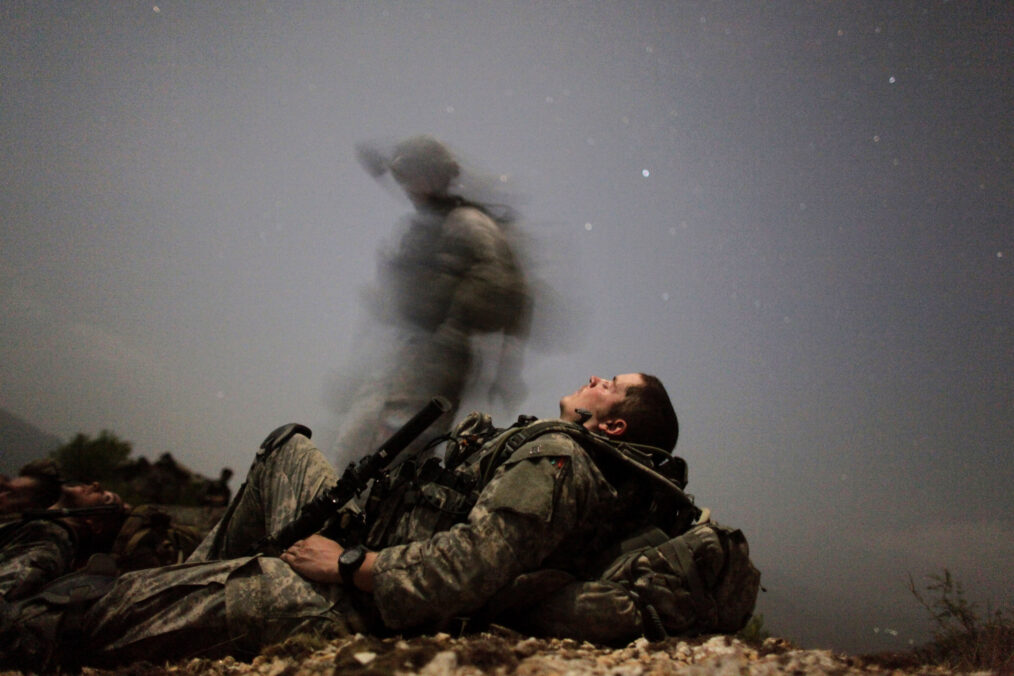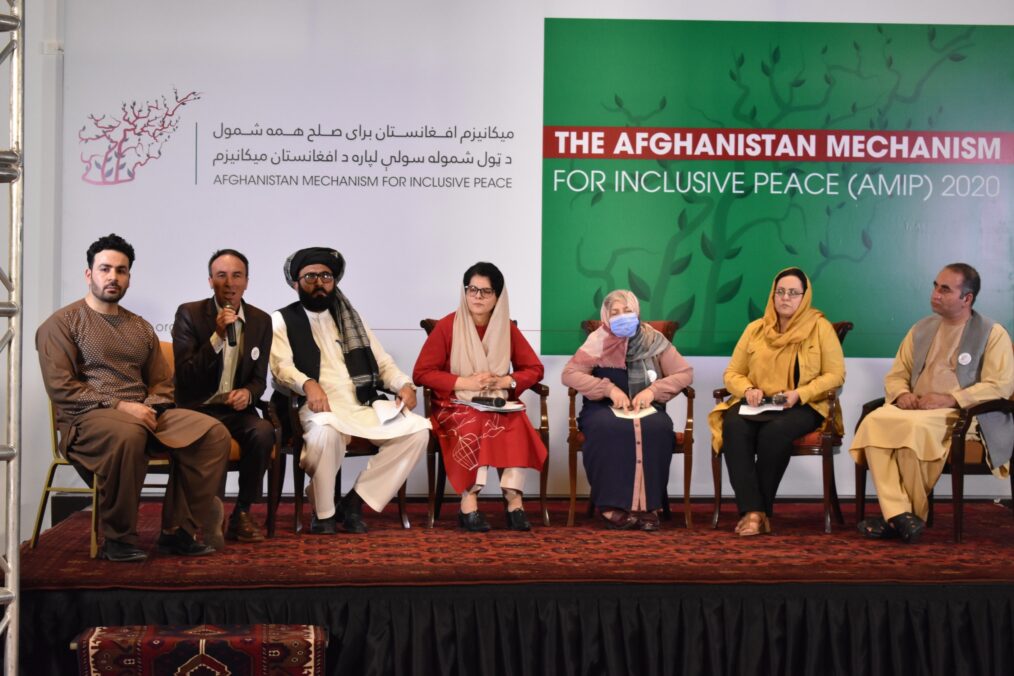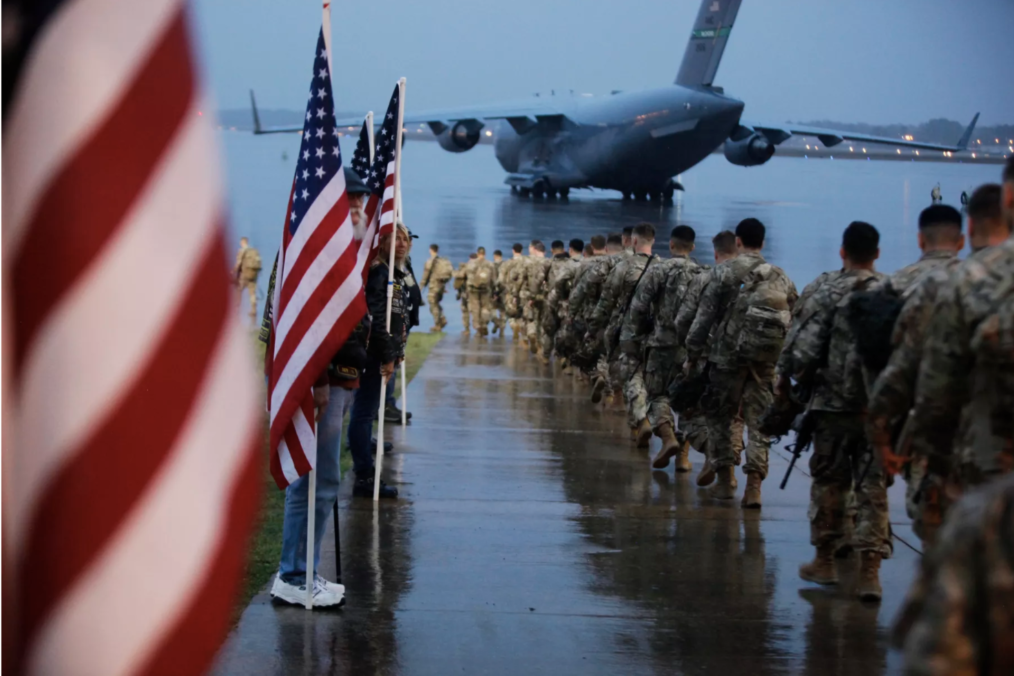On September 12, a day after the 19th anniversary of 9/11, talks between the Taliban and Afghan government began in Doha, Qatar. The historic talks mark the first time that the two parties have engaged in direct conversations with each other in hopes of ending forty years of war in Afghanistan.
It took over a decade for such a diplomatic shift to occur. On February 29, the United States signed an agreement with the Taliban that committed to the withdrawal of its troops within a 14-month deadline. Given that the US toppled the Taliban in 2001 and helped establish a Western-backed government, the role of the US as a third-party mediator is vital for Afghanistan as they act as a mediator between the Taliban and the Afghan government.
Concerns of Afghan citizens loom in the background in the case that a political deal for a power-sharing form of government is achieved. More than half of the population lives below the poverty line, leaving more Afghan civilians vulnerable to falling victim to extremist recruitment. A long-term strategy is needed for Afghans to counter the numerous terrorist organizations in the country.
Negotiations have come at a big cost for Afghans, but they are still hopeful that peace is possible.
The War on Terror has cost over 100,000 civilian casualties and stunted the growth of Afghanistan’s economy, leaving millions in poverty and uncertain about the future of their state. On daily basis, an estimated 54 Afghan security forces and 19 civilians have lost their lives, even while engaged in talks with the Taliban. Additionally, over $2 trillion USD has been spent fighting, which has resulted in the deaths of 24,000 American soldiers.
It is important to mention that this is not the Taliban’s first time at the negotiation table nor their first attempt at engaging in peace talks with Afghan authorities. In early attempts to talk with the Taliban in 2011, the former president of Afghanistan Burhanuddin Rabbani (head of the Afghan Peace Council) was assassinated by the Taliban. Two years later, the Taliban and the Afghan government tried again to engage in direct peace talks and even so far as agreeing to meet in Qatar. However, the scheduled meeting was canceled when the Afghan government was angered by the Taliban establishing an office in Doha.
After the US-Taliban agreement reached, 5,000 Taliban prisoners convicted of terrorism, kidnapping, and drug-trafficking offenses were released. Most returned to combat on the frontlines after their release. In addition to the total withdrawal of its troops, the United States agreed to reduce the number of soldiers from 13,000 to 8,600 in 135 days.
Takeaways from the Initial Round of Talks
The Taliban are after power, not any higher purpose. This became clear as they continued to target and attack their fellow Afghan citizens even after they signed an agreement with the US. However, the US military expressed their satisfaction that Taliban attacks in Afghanistan decreased by eighty percent following the agreement made in February. Furthermore, the Taliban’s appointment of Abdul Haqqani as their chief envoy, an influential imam and proponent of the fundamentalist movement, perhaps shows the importance of these discussions to Taliban leadership.
Alternatively, if the Taliban agrees to a ceasefire or any other formal compromises, the structure of the group has already been altered drastically over the past two decades. The argument that the Taliban has become too ‘decentralized’ is invalid as a more accurate way to describe the movement’s modus operandi is that it has broken up into splinter factions that have spread throughout the country. In fact, last year the US conducted the most airstrikes in Afghanistan since 2010 and still the Taliban hold more territory than they did shortly after 9/11. It is uncertain whether the splinter factors or their non-state actor allies will abide by any deal reached in Doha.
Although Taliban attacks have ebbed drastically following the settlement made last spring, the four-month phase of American troop reduction has already been moving ahead of schedule. This has left a power vacuum that has been detrimental for the Afghan National Police Force and the National Security Forces as they are ill-equipped to spearhead counterterrorism operations and manage border security responsibilities to stop fighters crossing over from Pakistan. Moreover, it is noteworthy to mention that deal between the US and the Taliban did not mandate that the insurgent group respect the human rights of Afghan citizens nor did they loosen regulations regarding their treatment of women.
Policy Recommendations for the United States
Recommended policies going forward are rooted in basic realities learned from previous US foreign policy blunders made in Afghanistan as well as the wider Middle East. They include:
- The United States should act as a third-party negotiator to advance Afghan peace settlements. In January, the Brookings Institute published the conclusions of a survey that concluded 72% of the 1,260 people polled favored maintaining a military presence in Afghanistan rather than withdrawing or reducing the number of troops. Despite past American sentiments of not wanting to be involved in intra-state conflicts abroad, the survey shows not only how much ordinary Americans care about the safety of Afghan civilians, but that they recognize the importance of US CVE initiatives in Afghanistan.
- Pressure the state-sponsors of terrorism and the regional actors to support the Afghan peace process. Lashkar-e-Taibi and Jaish Muhammed, two of the strongest Islamist groups based in Pakistan, are aligned with the Taliban. Both groups combined have over a thousand members operating with the Taliban in Afghanistan. They also both share a close relationship with the Inter-Services Intelligence (ISI), Pakistan’s intelligence agency. It is essential that both state and non-state actors facilitating the Taliban’s improved combat capabilities as well as their sources of financial income be obstructed.
- Keep a small presence of forces (as low as 4,000) to monitor post-peace developments while focusing on the East. The presence of the US military should be limited to approximately 4,000 troops to aid Afghanistan post peace settlement. Troop strength can be increased at military bases in North Africa or European countries close to the Mediterranean for logistical ease of military operations in Afghanistan, but this still abandons Afghan military and law enforcement institutions.
- Deliver and monitor aid in areas of sustainable development and government reformation post-peace settlement as Afghanistan will continue to rely on foreign aid with proper allocation and evaluations of resources.
- Supporting reintegration and de-radicalization programs for the Taliban ex-combatants. Already radicalized individuals possess the capabilities needed to learn a new worldview; this is evident in the several cases of former members of extremist groups successfully de-radicalized across the globe. While this worldview juxtaposes with the Taliban’s stance on Western liberalism, the process of deradicalization can potentially occur in established state-sponsored negotiations and peacefully discussing ideological differences.
- Promotion of citizens’ self-agency, improvement of conflict resolution skills, or fostering cooperation within a society does not replace nor nullify the importance of strengthening/bolstering government institutions to achieve good governance. These courses of action should be implemented simultaneously. The US State Department should strengthen its visibility in Afghanistan by increasing the number of Foreign Service Officers. Additionally, the US government should also increase funding to grassroots organizations and international aid agencies.
A long-term strategy balanced with short-term objectives is needed for Afghanistan to be able to counter the numerous terrorist organizations in the country. The significance of this theme is recognized as it is interwoven into our policy analysis and recommendations. Moreover, assisting Afghanistan in achieving political stability and economic prosperity is paramount to both Americans and Afghans.
Ahmad Shah Mohibi is the Founder of Rise to Peace
Ariel Merin is a Research Intern at Rise to Peace





